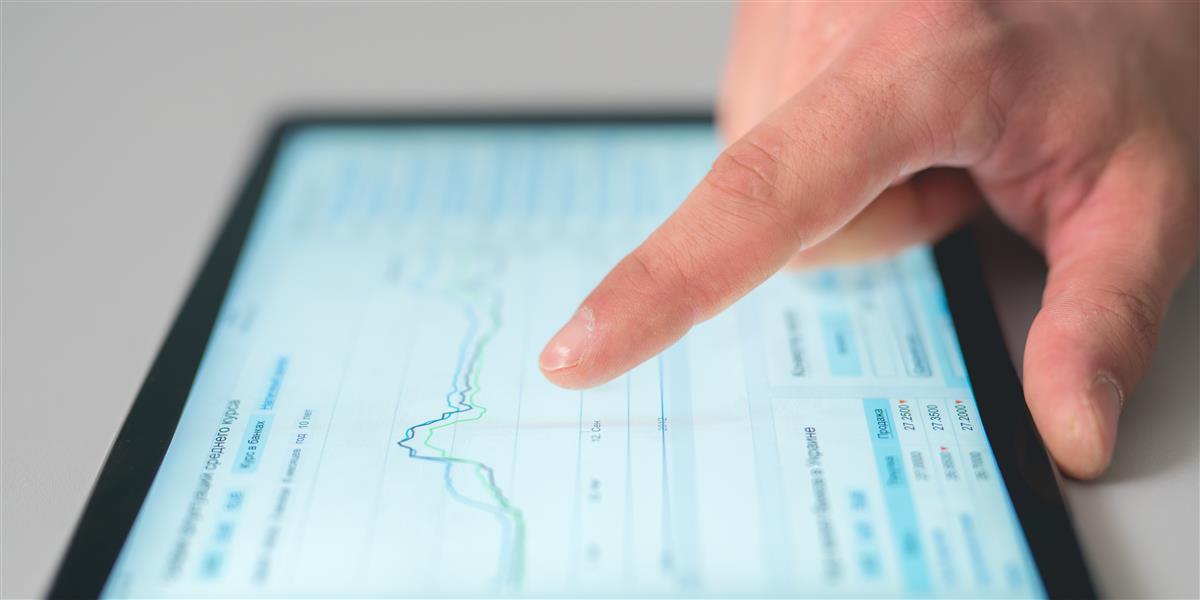Asset management software is a specialized digital solution designed to help organizations track, manage, and optimize the use of their assets throughout their lifecycle. In the middle of modern business operations, this technology has become indispensable for ensuring that both physical and digital assets are efficiently monitored and maintained. Companies use such systems to keep accurate records of inventory, maintenance schedules, depreciation values, and compliance requirements. Without capital asset management suite, businesses risk losing track of valuable resources, overspending on replacements, and failing to comply with regulatory standards. The adoption of this technology streamlines processes, minimizes waste, and supports strategic decision-making for long-term growth.
Importance of Asset Management Software
The importance of asset management software lies in its ability to centralize data, automate processes, and provide real-time visibility into organizational resources. In the middle of fast-paced industries, decision-makers require accurate and timely information about asset location, condition, and usage to avoid costly downtime. Asset management software enables businesses to prevent asset loss, reduce maintenance costs, and ensure optimal asset utilization. It also plays a key role in extending asset lifespan by scheduling preventive maintenance before failures occur. By integrating asset data with other business systems, organizations gain a holistic view that supports budgeting, forecasting, and resource allocation, making the software a cornerstone of operational efficiency.
Key Features of Asset Management Software
Asset management software comes with a range of features that enhance its functionality and value. In the middle of these features are asset tracking capabilities, which allow businesses to monitor equipment, tools, and digital resources in real time using barcodes, RFID tags, or GPS. Lifecycle management tools enable organizations to oversee assets from acquisition to disposal, ensuring that every stage is properly documented. Reporting and analytics modules provide actionable insights into asset performance, utilization, and maintenance needs. Other important features include compliance management, automated alerts for maintenance or warranty expiry, and role-based access controls to secure sensitive asset data. These features ensure that capital asset management suite meets diverse operational needs.
Types of Asset Management Software
There are various types of capital asset management suite, each tailored to specific industry or business requirements. In the middle of these categories is physical capital asset management suite, which focuses on tangible resources like machinery, vehicles, and office equipment. Digital asset management software is designed for managing intangible resources such as documents, media files, and intellectual property. IT asset management solutions specialize in tracking hardware and software across an organization’s IT infrastructure. Enterprise asset management systems provide a comprehensive approach by combining multiple asset categories into one platform. Selecting the right type of asset management software depends on the organization’s size, industry, and specific asset portfolio.
Benefits of Asset Management Software
The benefits of asset management software extend far beyond simple tracking capabilities. In the middle of these advantages is improved operational efficiency, as the software eliminates manual recordkeeping and reduces human error. Organizations can save money by avoiding unnecessary purchases and maximizing the lifespan of existing assets. Improved compliance and audit readiness are also major benefits, as all asset-related documentation is stored centrally for easy retrieval. Better forecasting and budget planning become possible when accurate asset data is readily available. Additionally, capital asset management suite supports sustainability initiatives by enabling organizations to manage resources responsibly and reduce waste through optimized usage and maintenance.
How Asset Management Software Enhances Decision-Making

Decision-making becomes more strategic and data-driven with the use of capital asset management suite. In the middle of effective asset strategies is the ability to access accurate information about asset health, cost, and performance. This information allows managers to decide whether to repair, replace, or retire assets based on concrete data rather than guesswork. Integration with financial systems helps leaders assess the total cost of ownership and its impact on profitability. Predictive analytics tools within capital asset management suite can identify potential failures before they occur, enabling proactive interventions. Ultimately, access to reliable data ensures that asset-related decisions align with broader organizational goals.
Integration Capabilities of Asset Management Software
Integration is a key strength of modern asset management software, enabling seamless data exchange with other enterprise systems. In the middle of efficient IT ecosystems, integration ensures that asset data is synchronized with ERP, CRM, HR, and maintenance management platforms. This eliminates data silos, reduces duplication, and improves overall workflow efficiency. For example, integrating capital asset management suite with a maintenance system ensures that repair tasks are automatically triggered when an asset shows signs of deterioration. Financial integration allows for automated depreciation calculations and accurate budget forecasting. Such interoperability not only saves time but also provides a unified view of all operational and financial aspects of asset management.
Challenges in Implementing Asset Management Software
Despite its advantages, implementing capital asset management suite can present challenges that organizations must navigate carefully. In the middle of these challenges are data migration issues, as transferring existing asset information into a new system can be complex and time-consuming. Resistance to change from staff members accustomed to manual processes may slow adoption. Additionally, selecting the wrong software that lacks necessary features or scalability can lead to wasted investment. To overcome these issues, businesses must conduct thorough needs assessments, involve stakeholders early in the process, and provide comprehensive training. Addressing these challenges ensures that capital asset management suite delivers maximum return on investment.
Best Practices for Using Asset Management Software
Following best practices ensures that organizations get the most out of their capital asset management suite. In the middle of these practices is maintaining accurate and up-to-date asset records, as inaccurate data undermines the system’s effectiveness. Establishing clear usage policies and assigning ownership for asset management responsibilities helps maintain accountability. Scheduling regular audits ensures that the software’s data aligns with actual asset conditions and locations. Leveraging automation for routine tasks such as maintenance alerts and warranty tracking improves efficiency. Additionally, continuous training and user support keep staff engaged and proficient, ensuring long-term success with asset management software.
The Future of Asset Management Software
The future of capital asset management suite is shaped by advancements in artificial intelligence, IoT, and predictive analytics. In the middle of these developments is the shift toward smart asset tracking, where connected devices provide real-time data on location, performance, and environmental conditions. AI-powered insights will enable even more accurate predictions of maintenance needs and asset lifespans. Cloud-based platforms will make it easier for organizations to access asset data from anywhere, enhancing collaboration across locations. Integration with sustainability metrics will help businesses monitor the environmental impact of their assets. As these technologies mature, asset management software will become even more integral to strategic business operations.
Conclusion
Asset management software is an essential tool for organizations seeking to maintain control, efficiency, and strategic insight over their resources. In the middle of modern business challenges, it ensures that both physical and digital assets are tracked, maintained, and optimized throughout their lifecycle. By providing real-time visibility, improving decision-making, and integrating with other enterprise systems, it drives operational excellence and cost savings. Organizations that adopt capital asset management suite can expect reduced downtime, improved compliance, and enhanced sustainability. As technology evolves, this software will continue to play a vital role in maximizing asset value and supporting long-term growth.
